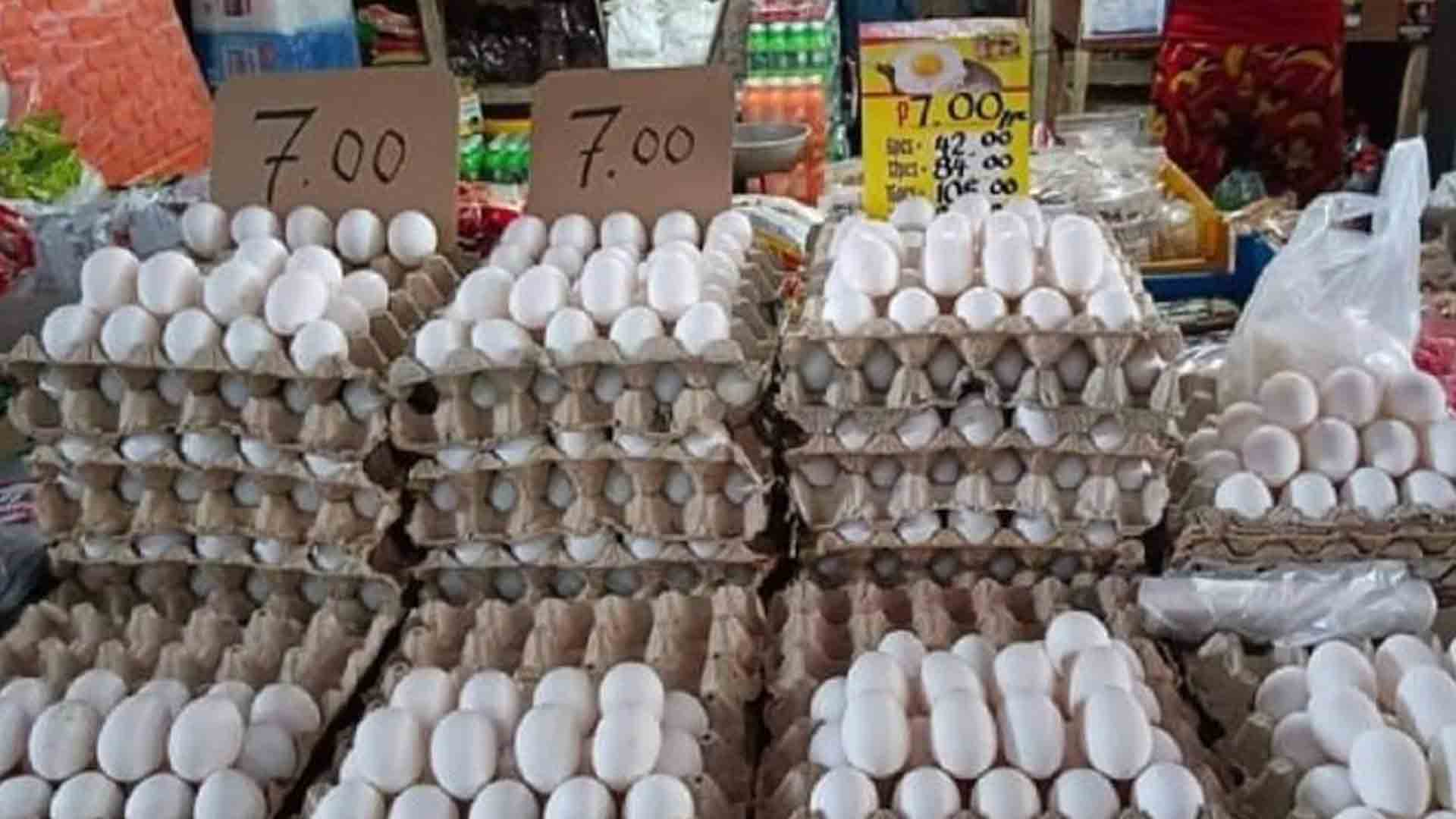There was a time when the former town of Novaliches, shared by Quezon City and Caloocan City since 1948, served as the “egg, meat, fruit, and vegetable basket” or the source of these farm products for residents of both cities.
That was until the early 1980s when Novaliches was still considered the “bukid” or farm area of its two mother cities.
The southern parts of both Quezon City and Caloocan at the time were already commercially developed and no longer fit for growing or raising farm products.
The then sparsely-populated barangays of Novaliches belonging to Quezon City were Nagkaisang Nayon, Capri, Novaliches Proper, San Agustin, San Bartolome, Kaligayahan, Santa Monica, Pasong Putik, Santa Lucia, Gulod, Bagbag, Talipapa, Sauyo, Pasong Tamo, Tandang Sora, Culiat, Sangandaan, Baesa, Balong Bato, Kangkong, and Unang Sigaw.
On the other hand, the Novaliches side that belonged to Caloocan included barangays Bagbaguin, Caybiga, Llano, Deparo, Bagumbong, Camarin, Bagong Silang, Tala, Malaria, Pangarap, Makatipo, Amparo, half of Baesa, Sta. Quiteria, and Talipapa.
These barangays also used to be called the “Sabah” of Caloocan for being detached from mainland Caloocan and cannot be reached by city officials without passing through portions of the adjoining cities of Malabon, Valenzuela, and Quezon from the Bonifacio monument in Grace Park and Balintawak.
Also at that time, both sides of the narrow Quirino Highway from Balintawak, Quezon City to San Jose del Monte, Bulacan and Tandang Sora Avenue from Balara, Diliman, to Quirino Highway in Barangay Sangandaan and Sta. Quiteria were still dotted with rice fields and forests.
The same was true with General Luis Street from Malinta, Valenzuela, Bulacan; Susano Road from Novaliches-Bayan, and Zabarte Road to Camarin, North Caloocan.
The two sides of the northern half of the present Commonwealth Avenue were then victual wilderness serving as pasture land of rich families and politicians owning cattle and carabaos for milk and meat purposes, and even horses for racing.
The population of Novaliches then, numbering about 120,000 distributed in an area totaling 10,000 hectares, was still dominated by farmers.
Almost all households in the area had carabaos, cattle, goats, pigs, and chickens.
The residents also grew various kinds of fruit trees and vegetables, so they did not have to buy meat, eggs, and other food staples for their daily consumption.
Every evening, many Novaliches residents transported their farm products, such as eggs, fruits, vegetables, live chickens, and the like to their “suki” or regular clients at markets in Balintawak and Munoz, Quezon City; Monumento in Grace Park, Caloocan City; and Blumentritt, Divisoria, and Central Market in Manila.
When poultry raising began to proliferate around Metro Manila (still called Greater Manila Area in the 1950s), many families in Novaliches were also attracted to put up their own poultry houses.
Those who were more well-off even put up egg incubators and feed stores to supply the needs of the poultry raisers, including chicks and poultry medicines. These included Tolentino’s poultry supplies and Daez’s poultry supplies at Novaliches-Bayan.
In the early 1960s, several commercial suppliers and producers of chicken and pig meat, as well as eggs, bought lands in Novaliches where they put up their branches for big-scale production of such products.
Among these were Robina Farms in Sitio Looban, Barangay Nagkaisang Nayon; Winmar Poultry Farms in Barangay Llano; Reliance Agricultural Corp., also in Nagkaisang Nayon, Arce Farms in Barangay San Agustin-Deparo; and Liberty Farms in Barangay Kaligayahan.
As a result, there was a time when all waterways in Novaliches, including the Tullahan river from the La Mesa dam to the cities of Valenzuela, Malabon, and Navotas near the Manila Bay became polluted with pig and chicken manure.
There were numerous complaints about the foul odor emanating from the poultry and piggery farms.
Meanwhile, also from the 1960s, the development of subdivisions started in Novaliches along with the coming in of hundreds of manufacturing plants, a big public cemetery operated by the Quezon City government in Bagbag, and at least five memorial parks.
The five burial grounds were the Holy Cross-Manila Memorial Park in San Bartolome, Eternal Gardens in Baesa, Himlayang Pilipino in Pasong Tamo, State Employees Memorial Park in Deparo, and Forest Park in Bagumbong.
At present, almost all rice fields and forests in Novaliches have been converted into sites for subdivisions, factories, shopping malls, and other commercial uses.
Even the former National Girl Scouts Camp along Quirino Highway in San Bartolome is now SM City Novaliches Mall. (PNA)







